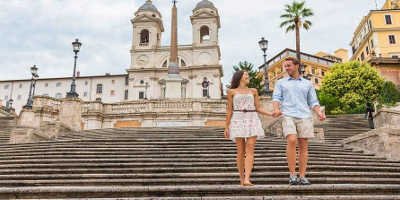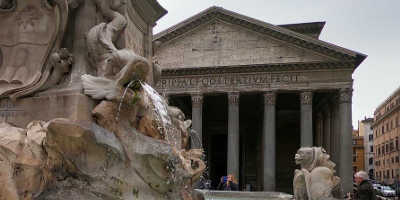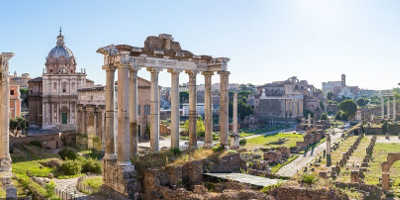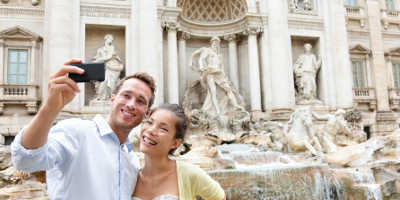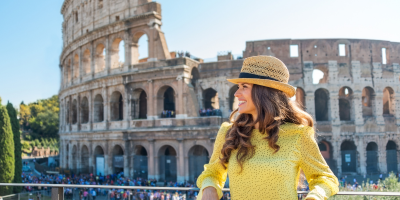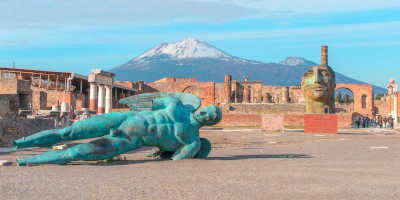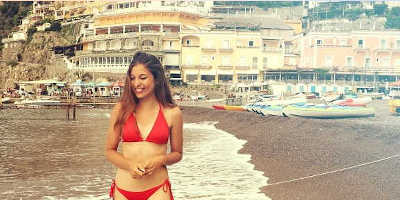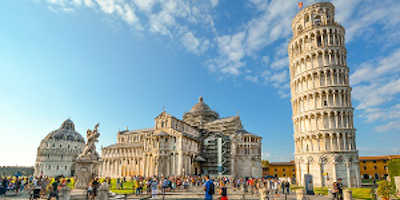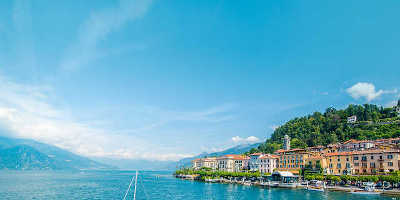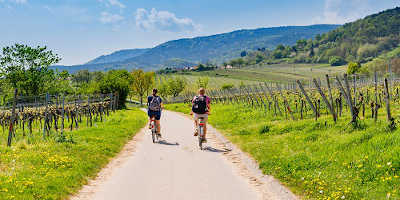The most impressive buildings in Rome
Some of the world’s most recognisable landmarks stand in the Eternal City. Follow our list to find the most impressive buildings in Rome.
Rome is famous for its ancient ruins and stunning architecture. A city littered with iconic buildings and ancient ruins, evidence of its rich cultural history and long-standing significance. It is hard to narrow down its iconic buildings to just 8, so we must emphasise that Rome’s treasures go beyond the ones listed here, but this is a good place to start.
-
Colosseum
By far Rome’s most recognisable landmark, the Colosseum towers over the city’s streets. Emperor Titus Flavius built the ancient structure in 70.A.D. for a gift to the Roman People. The massive stadium was used for violent games with gladiators, executions, and animal hunts. It took over 20 years to be complete and was made out of travertine, limestone, and concrete. Despite its age and weakened appearance, the Colosseum is a breathtaking beauty and well worth putting on your Italy bucket list.
-
St. Peter’s Basilica
Although the city is home to over 900 different churches, it is St. Peter’s Basilica that reigns supreme. The most popular and largest in all of Rome, the magnificent structure is famous for its Renaissance artwork. With St. Peter’s Square attached to the front, the church is home to incredible wonders both inside and out. The incredible architecture matches perfectly with the church’s history and culture, with a large range of events hosted here including an audience with the Pope.
-
Pantheon
The city’s most preserved ancient monument, built in 126 A.D. by Emperor Hadrian. The name ‘Pantheon’ is a Greek word meaning ‘all the gods’. Its construction is like no other, with the ancient Rome’s iconic columns and it’s the immense dome ceiling, transforming this structure into a spectacular awe-inspiring building.
-
Quartiere Coppedè
This building not just one style, but a perfect blend of a series of architectural panaches. Gino Coppedè, an architect in 1917 combined Art Nouveau, Greek, Baroque, Gothic, and even Medieval inspirations and styles throughout the building. Creating a completely unique site where all styles merge together beautifully. Nowadays, the build is split into private apartments and offices, with the interior not open to the public. But you can marvel at the exteriors, which includes truly unique sections, such as large outdoor chandeliers.
-
Palazzo Doria Pamphilj
Sitting along a busy shopping street, the Palazzo is a secret section that hides an enchanting courtyard and a stunning museum. Don’t miss a chance to see the four superb hallways that are covered completely with oil paintings and frescoes. With the gilded hall of mirrors filled with gold sculptures and incredible hanging chandeliers, this spot is usually away from the foot traffic, giving you an even more tranquil visit.
-
Maxxi
Not one you’ll find on many travel guides of Rome, but not one to miss either. Maxxi is a national museum of contemporary art and architecture designed by Iraq-British architect Zaha Hadid. The museum took more than 10 years to build, opening in 2010, but this was all worth it when it received the Stirling Prize for architecture that same year. Located in Rome’s northern Flaminio neighbourhood, the museum’s sharp angles and dynamic curves offer a contrast to Rome’s plethora of ancient structures. If you’re sick of the old then take a visit to this innovative museum which has contemporary art running through it.
-
Castel Sant’Angelo
Also named Hadrian’s Mausoleum, is a cylindrical fortress that lies on the banks of the Tiber River close to the Vatican City. Emperor Hadrian commission the mausoleum as a resting place for him and his family, but the building was later used as a fortress by the Popes, due to its proximity to the Vatican City. At the time of its construction, between 123 – 139 AD, it was the tallest building in Rome. Still worth a visit for its grand stone bridge, impressive size and vast views of the surrounding city.
-
Victor Emanuel II Monument
Also known as the Alter of the Fatherland or the Vittoriano, is a national monument built in honour of Victor Emmanuel II, the first king of unified Italy. It’s neoclassical design features white columns, stairways and fountains, a 19th century interpretation of the Roman Forum which has had it dubbed “The Wedding Cake”. Nevertheless, the building is a symbol of united Italy, carefully placed in the centre of Ancient Rome and connected to the modern one thanks to the roads that radiate from the Piazza Venezia.
To explore more of the Eternal City and appreciate these impressive buildings yourself, check out our Private Rome Tours. Offering personalised itineraries, we show you the best of Rome, from main attractions to hidden treasures.

